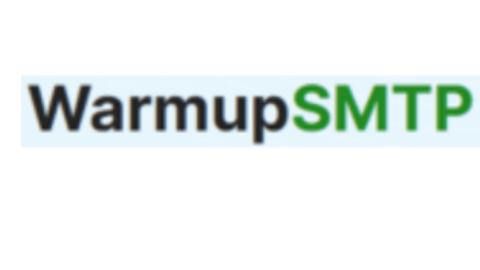The Role of SPF, DKIM, and DMARC in Email Deliverability – and How WarmupSMTP Simplifies It

Before your emails ever reach inboxes, mailbox providers check if they’re really from you. Protocols like SPF, DKIM, and DMARC protect your domain from spoofing
How SPF, DKIM, and DMARC Work
SPF confirms which servers can send emails on your behalf. DKIM adds a digital signature so providers know emails weren’t changed in transit. DMARC then tells providers what to do with emails that fail SPF or DKIM—whether to monitor, quarantine, or reject them.
Challenges of Setup
Even a small error in DNS records can hurt deliverability. That’s why non-technical marketers and founders often struggle to set these protocols correctly. Missing records or typos might send legitimate emails straight to spam.
How WarmupSMTP Helps
WarmupSMTP automates the setup of SPF, DKIM, and DMARC for your domain. You don’t need to learn technical steps. As part of its warmup service, WarmupSMTP handles the configuration and tracks your sender reputation in real time.
Plans for Every Stage
The Basic Warmup Plan is perfect for beginners with a single SMTP account, supporting up to 500 emails per day and including proper authentication setup. For agencies or businesses managing multiple domains, the Enterprise Warmup Plan supports up to ten SMTP accounts, higher sending limits, and dedicated IP warmup.
Why It’s Not Just for Big Senders
Even small lists can trigger spam filters without proper authentication. WarmupSMTP helps everyone—from startups to large marketing teams—build trust and protect reputation before sending the first big campaign.
Working Together with Warmup
Proper warmup means slowly increasing your daily sending volume, which mailbox providers see as natural behavior. Without correct SPF, DKIM, and DMARC, even a well-timed warmup can fail. WarmupSMTP combines technical authentication with a natural warmup strategy to improve inbox placement.
Monitoring and Adjustments
Beyond setup, WarmupSMTP tracks engagement and reputation over time. If something looks risky, it adjusts the sending pace, helping protect your domain reputation before problems start.
Simple Process, Big Impact
By automating authentication and reputation monitoring, WarmupSMTP frees you to focus on content and audience building. Your emails get verified, trusted, and have a higher chance of reaching inboxes.|
FAQs
Q1: Do small businesses really need SPF, DKIM, and DMARC?
Yes. Even small senders are filtered by mailbox providers. Authentication helps prove your emails are genuine.
Q2: How does WarmupSMTP configure these records?
WarmupSMTP sets them in your DNS during onboarding and keeps them updated.
Q3: Can WarmupSMTP fix past deliverability issues?
It helps rebuild reputation over time through proper warmup and monitoring.
Q4: Do these protocols guarantee 100% inbox placement?
They greatly reduce risk, but quality content and clean lists still matter.
